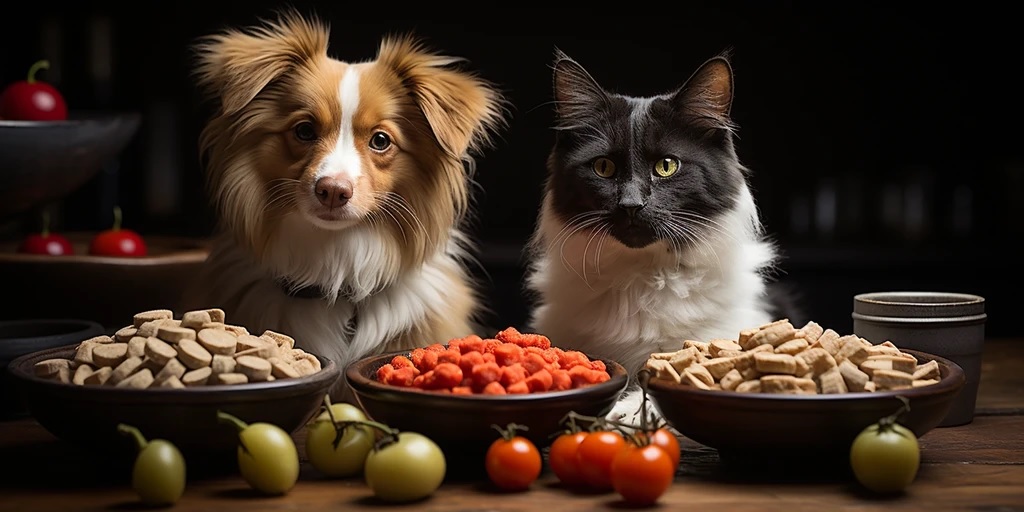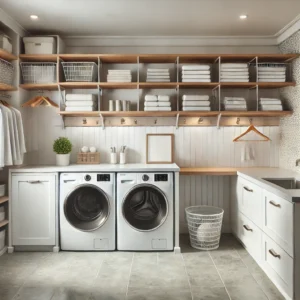How to Personalize Your Pet’s Feeding Setup for Age and Eating Habits
Feeding time should be a moment of joy-not a daily struggle with spills, choking, or picky behavior. Yet for many pet parents, it’s easy to overlook how much your pet’s age or eating style affects their feeding experience. A young, energetic pup might inhale food in seconds, while a senior pet may struggle to reach the bowl or chew comfortably.
The good news? You can fix most mealtime mishaps just by personalizing your pet’s feeding setup. A few thoughtful tweaks-like using a slow feeder or choosing an ergonomic bowl-can make a world of difference for your furry friend’s health and happiness.
Let’s explore how to tailor your pet’s mealtime based on their age and how they eat, with smart tips and trusted accessories to help you get started.
Why Personalization Matters
Feeding your pet isn’t just about what goes in the bowl-it also about how it’s served. A setup that works for one pet might cause stress or discomfort for another.
For example:
- Fast eaters can develop digestion issues or even choke.
- Senior pets might experience joint pain when bending too low.
- The wrong bowl can cause messes, anxiety, or even long-term health concerns.
Customizing your pet’s feeding area makes meals safer, more comfortable, and even more enjoyable for them-and less stressful for you.
For the Fast Eater: Why Speedy Meals Can Be a Problem
We all know that one pet who treats every meal like a competitive eating contest. While their enthusiasm is adorable, fast eating can be risky. Gulping food too quickly can lead to:
- Choking or gagging
- Bloating
- Regurgitation
- Digestive discomfort
So, what’s the solution?
Try a Slow Feeder
Slow feeders are designed with ridges, spirals, or compartments that naturally slow down your pet’s eating pace. They turn mealtime into a puzzle, encouraging your pet to take their time.
We recently broke down the science behind slow feeders, and it turns out they do more than just delay dinner-they promote healthier digestion, reduce anxiety, and even add mental enrichment to your pet’s day.
Bonus Tip:
If your pet gets frustrated with complex slow feeders, start with a simple one that has larger, shallow grooves to make the transition easier.
For the Senior Pet: Adjusting for Comfort and Mobility
Just like people, pets’ needs change as they age. Senior dogs and cats may face:
- Arthritis or joint stiffness
- Dental sensitivity
- Decreased appetite or energy
If your older pet is avoiding meals or making a mess, their feeding setup might be the problem-not the food.
Choose Senior-Friendly Feeding Accessories
Here are a few changes that can help:
- Raised bowls to reduce neck and back strain
- Non-slip mats to keep dishes in place
- Wide, shallow bowls for easier access
- Soft-edged bowls for pets with dental concerns
We cover more helpful options in our guide on feeding accessories for senior pets-it’s full of simple upgrades that can turn mealtime from a challenge into a comfort.
Combining the Two: A Thoughtful Setup
What if your pet is both a fast eater and a senior? You’re not alone-many older pets still rush their meals, despite slowing down in other areas.
Here’s how to balance both needs:
- Use a slow feeder with gentle grooves (less physically demanding).
- Opt for raised slow feeders to ease joint stress.
- Choose models made of soft silicone or rubber for pets with sensitive teeth or gums.
- Add a stable feeding mat underneath to reduce slipping and improve comfort.
Think of it as creating a “custom dining setup” that blends pace control with physical support.
Final Tips to Customize Your Pet’s Mealtime
Here are a few quick ways to fine-tune your pet’s feeding experience, no matter their age or behavior:
- Watch how your pet eats. Are they rushing? Struggling to reach the bowl? Leaving food untouched?
- Try different bowl types. Sometimes, small changes (like switching to a non-skid base or tilted bowl) make a big difference.
- Keep the setup consistent. Pets thrive on routine-use the same area, same mat, and keep it clean.
- Adjust as they grow. A feeding setup that works for your 2-year-old pup might not suit them at 10.
Final Thoughts
Personalizing your pet’s feeding setup might seem like a small detail-but for your furry friend, it can mean better digestion, less frustration, and more comfort with every bite.
Whether your pet is flying through meals or moving into their senior years, the right tools can make all the difference. From slow feeders that encourage mindful eating to raised bowls that ease joint strain, you’ve got plenty of ways to tailor mealtime to your pet’s needs.
Start small. Observe. Adjust. And if you’re ready to upgrade your feeding routine, explore feeding accessories designed to support health at every stage of life.














1 comment